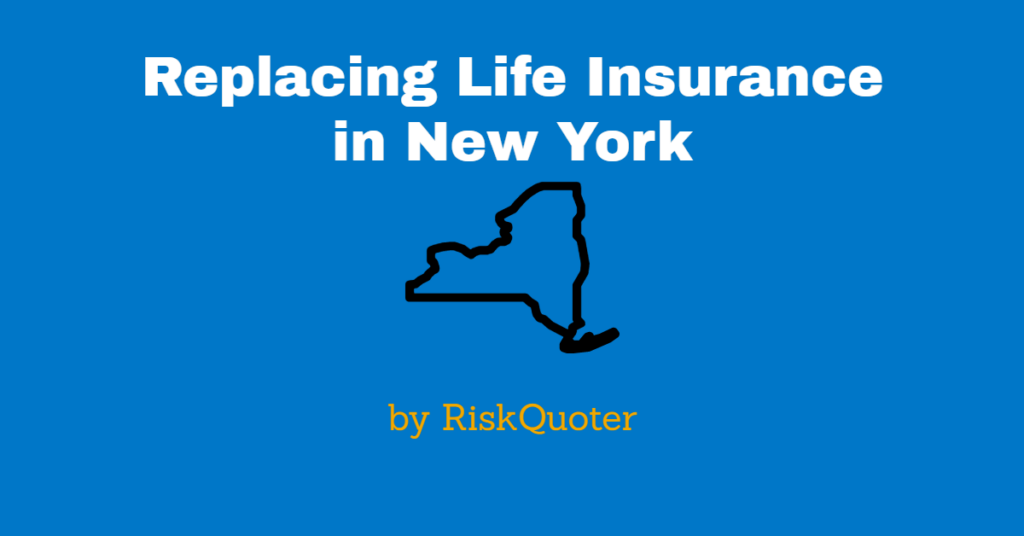If you buy a New York life insurance policy, certain steps need to be taken, especially if you are replacing an existing insurance policy.
As the life insurance buyer, you want to ensure you receive these important documents to help you decide if a new policy is better than your existing one.
Here’s What You Need to Know
Reg. 60, New York, requires that specific steps be taken when applying for life insurance.
The type of life insurance you apply for will determine which forms are required.
The good news is that we know the Reg 60 rules and will show you exactly what needs to be done to complete the application process.
What is a Replacement?
If you have a life insurance policy and plan to trade it in for a new policy, that is considered to be a replacement.
Canceling a policy or discontinuing premiums on a life insurance policy because you are buying a new policy is also a replacement.
Replacing a life insurance policy in New York is no big deal if you complete the process correctly.
If you don’t, life insurers will require a new application and replacement documents according to the rules.
Definition of Replacement
New York insurance laws require that form PR-102 – Definition of Replacement form be completed for every application.
The law is designed to protect you the consumer, as it requires additional disclosures by the agent, existing insurance company, and new company.
The form asks if you will be lapsing, surrendering, canceling, reducing the face amount, changing the policy to a paid-up insurance policy, assigning the policy as collateral, stopping premium payments, etc.
If you answer “yes” to any of the above, New York life insurance laws consider this a replacement under Regulation 60.
The benefit to you is that your agent, the existing life insurer, and the new company must disclose detailed information to you.
Now What?
When a replacement is involved, your agent must contact your existing life insurance company with form LF-203 – Authorization to Release Information.
The existing life insurance company must respond with detailed information about your existing policy.
Your agent must complete one of the following disclosure statements for your review and submission to the new company.
PR 101 – Disclosure Statement for Whole Life or Universal Life Product Replacement
or
PR 107 – Disclosure Statement for use with Replacement of Term Policy to Term Policy (With no cash value) only
These completed forms will provide you with a way to make apples-to-apples comparisons of term life policies.
The Bottom Line
Replacement paperwork, while time-consuming, is designed to protect the consumer.
You need to receive accurate information when you have existing whole life insurance or universal life insurance policy.
The reason is that some agents may try to show you information that makes the new policy look better than it really is.
For term life insurance, the disclosures are simpler to understand as there is no cash value, policy loans, or surrender values to contend with.
Ensure your agent provides you with all the above, or choose a different agent to help you.
The problem with New York’s replacement regulation is that it makes it more difficult to complete than other states. In fact, NY requires a number of forms and information collection that no other state requires.
Please take a few minutes to submit your quote request today. There is never any pressure or obligation with our service. Thank you.

